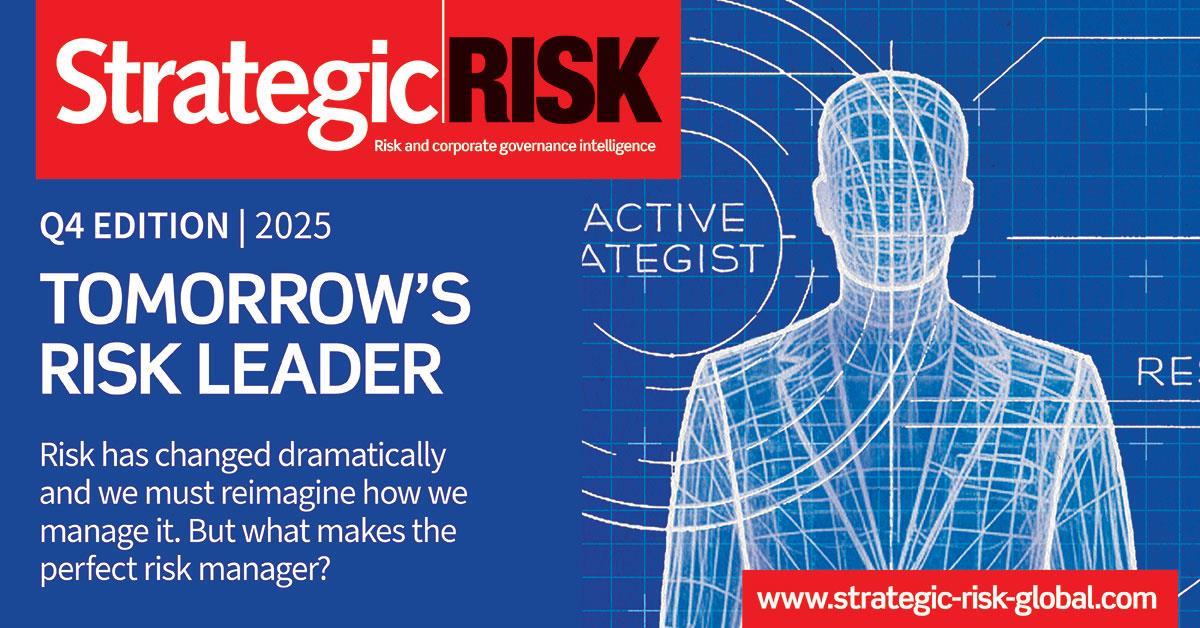Aviva says it is the first insurer to integrate this into its exposure management strategy on a recurring basis
Aviva has announced that it will adopt CyberCube’s artificial intelligence (AI) tool to map the behaviour of cyber threat actors and the technologies they most frequently target.

The insurer said the provider’s Portfolio Threat Actor Intelligence Service and suite of cyber analytics software would strengthen its cyber exposure management strategy.
Aviva added it was the first insurer to integrate this into its exposure management strategy on a recurring basis.
James Mitchell, senior cyber pricing and exposure manager at Aviva, explained that as cyber-attacks continue to rise, including on high-profile organisations, protecting businesses is crucial.
He said: “Over the past year, Aviva has rigorously tested Portfolio Threat Actor Intelligence against several ransomware groups. These threat actors were selected based on their relevance to Aviva’s commercial portfolio, specifically their targeting preferences, and our ability to confidently map tactics, techniques and procedures across the cyber kill chain.
“By incorporating this unique blend of cyber analytics and threat intelligence into current underwriting and exposure management processes, (re)insurers can gain deeper insights into their portfolios, enabling them to better manage cyber risk for both themselves and their customers.”
’Next level risk-protection’
Aviva will utilise the service on a quarterly basis to create a differentiated and more nuanced approach to portfolio risk management.
Read: Higher cyber premiums ’may incentivise attackers to escalate threats’
Read: MGA issues cyber warning as businesses ’underestimating’ vulnerabilities
Explore more cyber-related content here, or discover other news stories here
William Altman, head of cyber threat intelligence services at CyberCube, said: “Portfolio Threat Actor Intelligence is an innovative solution that takes the management of cyber insurance portfolio risk to the next level.
“Through this capability, CyberCube supports Aviva’s exposure management team in identifying companies within its portfolio that display firmographic traits, technology dependencies and security gaps likely to attract specific cyber threat actors.”

With a range of freelance experience, Harriet has contributed to regional news coverage in London and Sheffield, as well as music and entertainment reporting across various publications.View full Profile
Hosted by comedian and actor Tom Allen, 34 Gold, 23 Silver and 22 Bronze awards were handed out across an amazing 34 categories recognising brilliance and innovation right across the breadth of UK general insurance.























































No comments yet